My daughter has been asking for ways to keep out “bad dreams”. I suggested we make a dreamcatcher together. The authentic method involves willow branches and a knotting technique that might be a bit tricky for a four year old. So, I modified it so she could craft her own, simple version of a dreamcatcher.
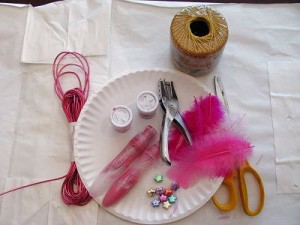
Materials:
- paper plate
- paints, glitter, stickers for decorating
- scissors
- single hole punch
- beads
- feathers
- string or yarn
Directions:
1. Cut out the center of the paper plate.
2. Punch 11 holes in the paper plate at even intervals (note: According to tradition, there are either seven points of contact, for the seven prophecies, or eight points of contact, for spider’s eight legs, for a dreamcatcher. In this modified version, we found 11 holes works best. In this example, there are 12 holes but that doesn’t close up the pattern,)
3. Decorate the paper plate as desired.
4. Measure out your yarn and tape an end to the plate.
5. Thread the yarn through in a triangular pattern. (should be every fourth hole).
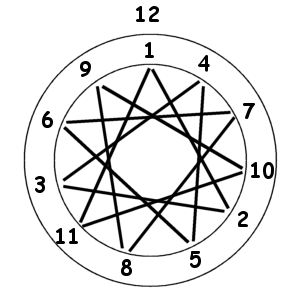 6. To complete the triangle, go to the next hole after your starting hole.
6. To complete the triangle, go to the next hole after your starting hole.
7. At some point in your threading, add another bead to symbolize spider. (Note: I told my daughter that her sparkly bead could represent a fairy instead.)
8. Continue threading until you reach the place where you started. (Tip: Wrap a piece of masking tape around the end of the yarn to make it easier for a child to “stitch”.)
9. Thread beads on three pieces of yarn, tying off the beads on either end.
10. Tie feathers to the bottom of the pieces of the yarn and then tie the top of the yarn to the plate.
11. String beads along another piece of yarn and attach to the top of the dreamcatcher to form a loop for hanging the dreamcatcher.
While we were making the dreamcatcher, I shared the Ojibway legend of how the spider wove the dreamcatcher to keep bad dreams out and allow good dreams through (or to catch the good dreams so they will stay and to allow the bad dreams to fly away, depending on the teller). You can find several versions of the legend online, including here and here.
Educational Connections:
- History / Culture: Discuss the importance of dreams in the Native cultures. What purpose did dreamcatchers serve in Native culture? Who made them and for whom? Research which materials that native artisans used to make dreamcatchers. What materials would they have available?
- Mathematics: Make patterns with your beads.
- Home Arts: Practice the fine motor control of stitching.
- Literature: What is a legend? What purposes do legends serve? How did people share legends before most people could read and write? Do people still tell each other stories? Why are there so many versions of the dreamcatcher legend? The bead in the center of the web symbolizes the spider: What is symbolism?
Books:
I told the story of the dreamcatcher to my daughter based on versions I have heard. However, I have located two books about dreamcatchers: Dreamcatcher and Grandmother’s Dreamcatcher. I will update once I have the chance to read them with my daughter!
I’m sharing this as part of st+ART (Story + ART)–check out all of the amazing ideas!

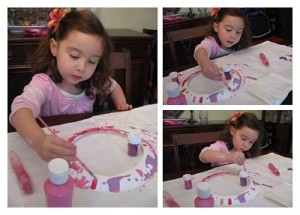
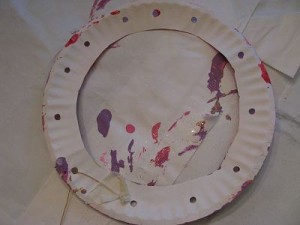
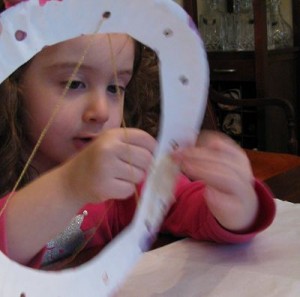
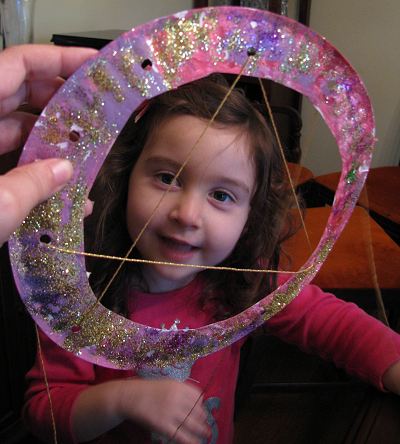
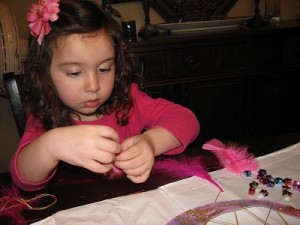
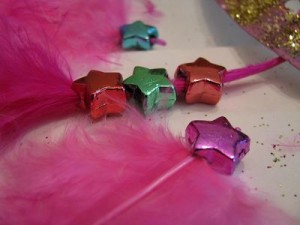
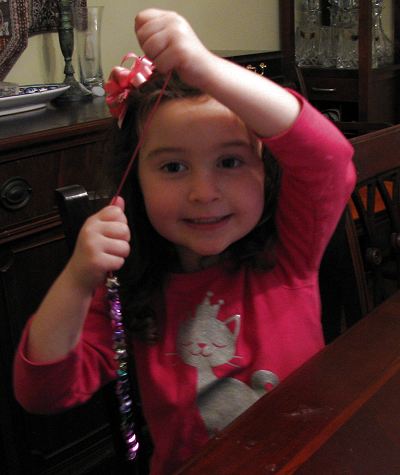
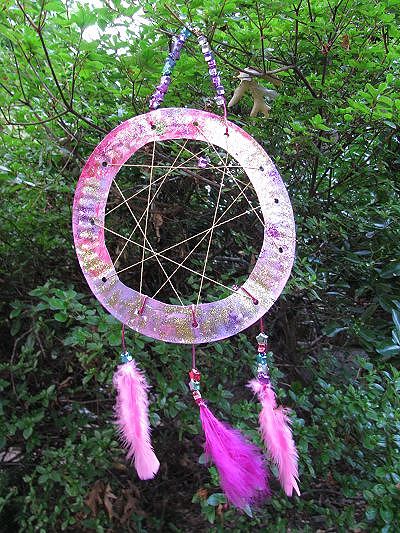
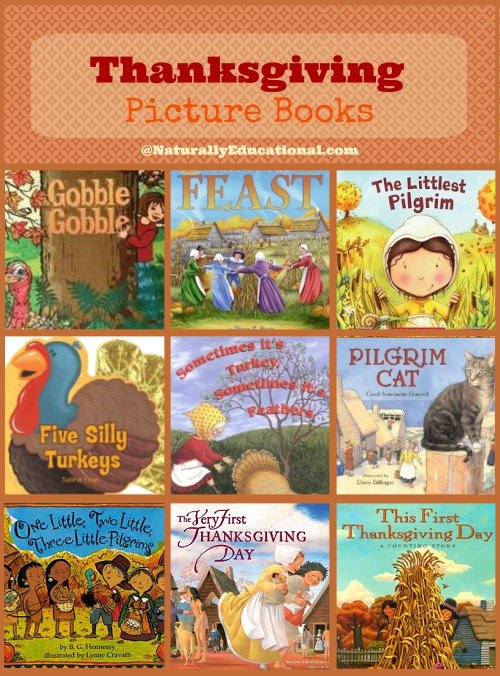
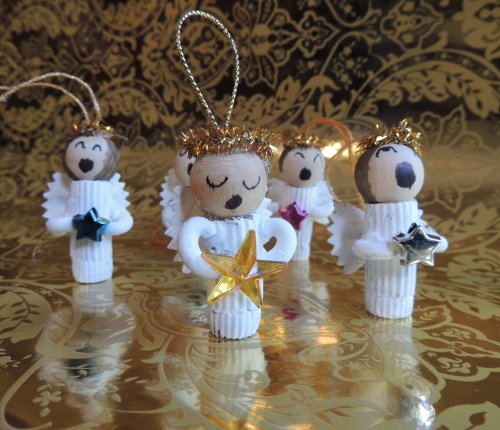
Wow!! great idea to make your little ones learn as they build.It’s a great way to cultivate their hidden talent too.
This is a great way to chase away bad dreams.